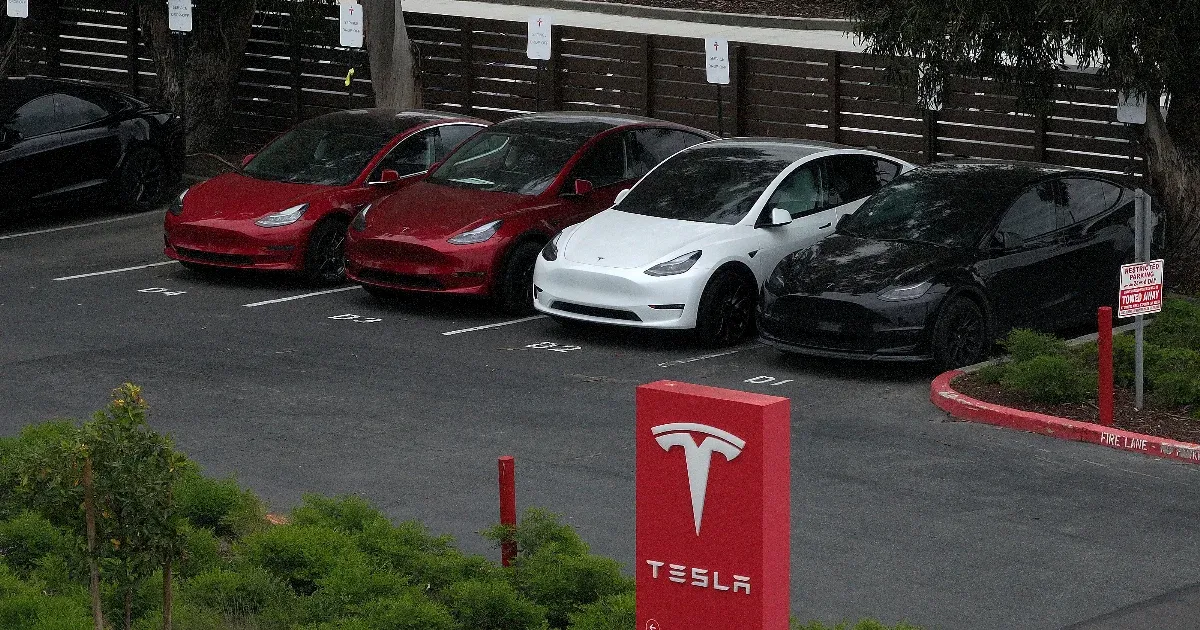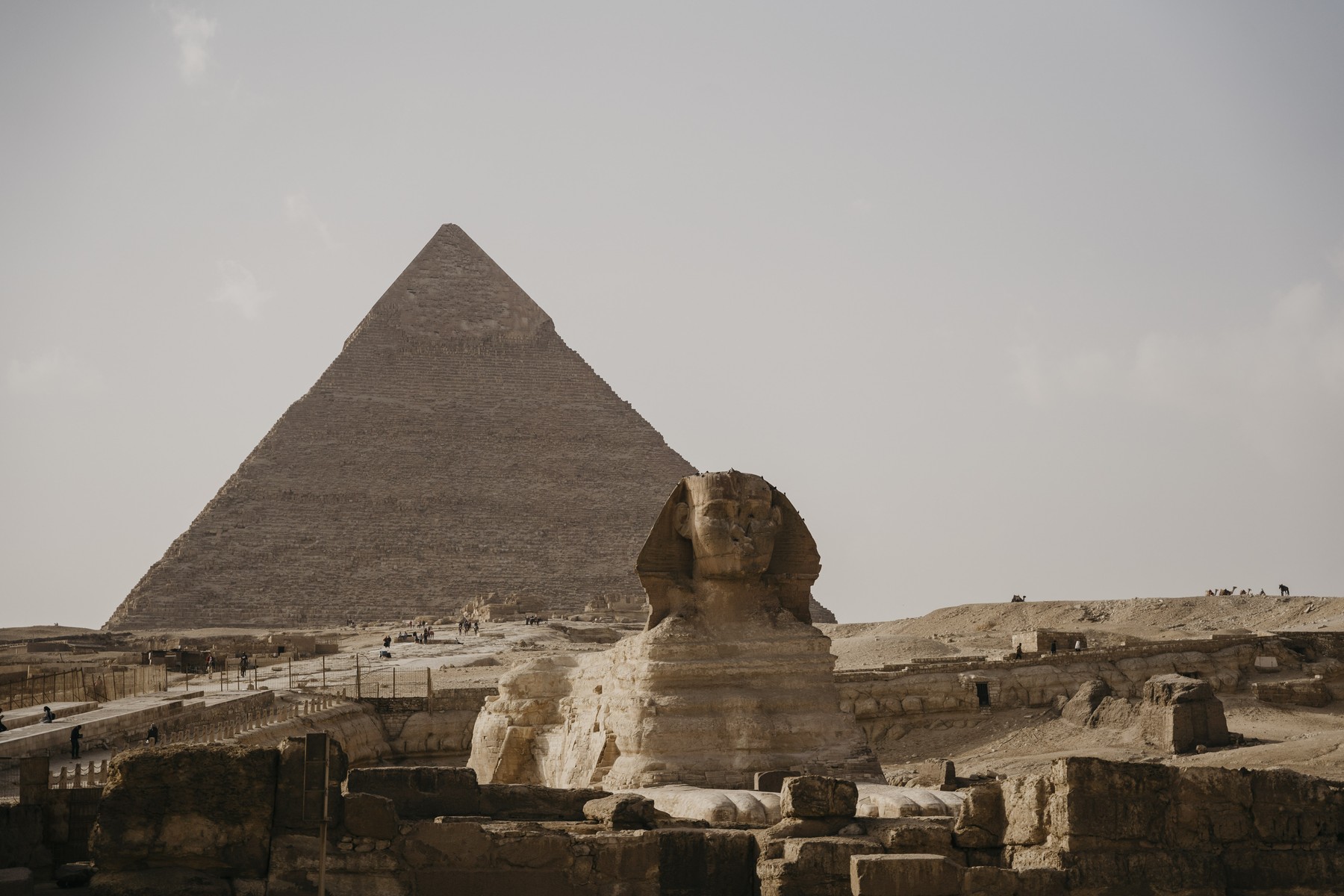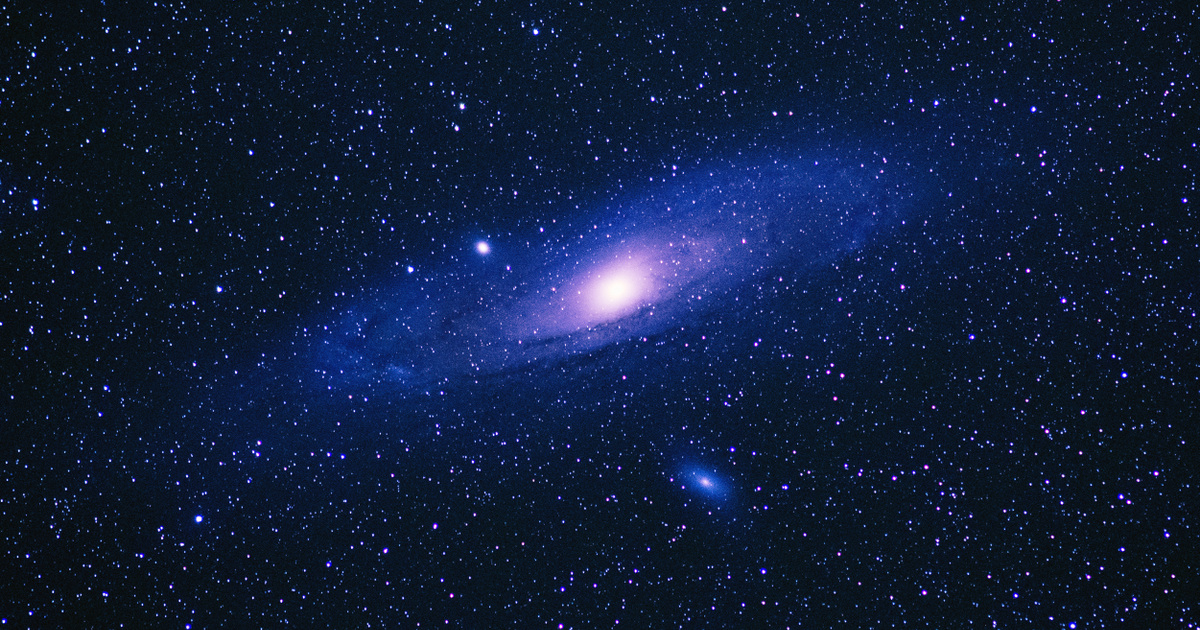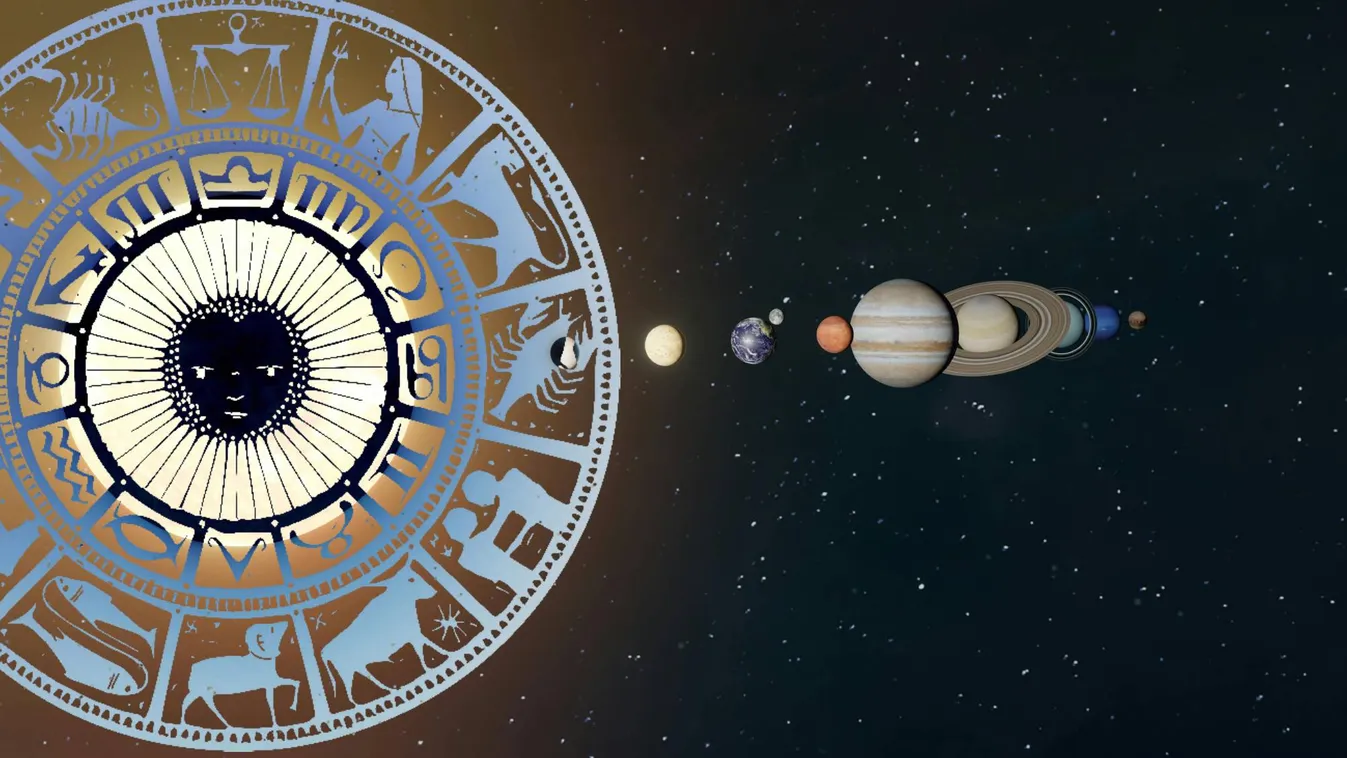The young star called Fomalhaut is only 25 light years away from us, it can be seen in the southern constellation of Fish, in our country it rises slightly above the southern horizon in the second half of summer and remains visible until winter, but always only low, because it is mainly an object in the southern hemisphere. the James Webb Space Telescope Note the warm ring of dust visible around this star and discovered in 1983 with the aim of being able to examine the first asteroid belt outside the solar system in infrared. However, the dust-rich structure turned out to be much more complex than would be expected from the asteroid belt or the dusty regions of our own Kuiper Belt.
They found a total of three regions, extending 23 billion kilometers from the star, 150 times the distance between the Sun and Earth. The outer region identified in this way is about twice the size of our own, the Kuiper Belt, which consists of cold dust and small celestial bodies beyond the orbit of Neptune. The two inner regions have now been seen for the first time, thanks to the James Webb Space Telescope. These dust rings consist not so much of dust, but of larger debris, possibly caused by the collision and fragmentation of celestial bodies.
Astronomer Andras Gaspar, this University of Arizona The researcher spoke of a system like this: “I would describe the Fomalhaut system as an archetype of debris rings found elsewhere in our galaxy, whose components are similar to our own planetary system. By observing the pattern of the rings, we can also determine what this system could look like.” planetary if we can take a sufficiently detailed picture.” András Gáspár is the lead author of this study natural astronomy Published about this discovery in the journal.
from the outer region Indeed Hubble Some other telescopes also took great pictures, but none of them found the structure of the interior, only infrared observations of the Webb Space Telescope were able to do so. While the Hubble Space Telescope or the Chilean ALMA can observe the cold outer rings of dust similar to the Kuiper Belt, the warmer inner rings remain invisible to them, and we can examine them with the help of Webb.
Similar to the solar system, these rings could have been formed by planets. While the asteroid belt is guided by Jupiter and the Kuiper belt by Neptune, the rings around these distant stars are not yet visible to us. The location and structure of the regions, which can be known with the help of the James Webb Space Telescope, also reveal distant planetary systems.
The caption is the JWST recording, which highlights the image of the “large dust cloud” at two wavelengths.
SOURCE: IMAGE: NASA, ESA, CSA / András Gáspár (University of Arizona), Alyssa Pagan (STScI)
The outer ring also hides an additional interesting feature: in the area that András Gáspár called a “large dust cloud”, according to experts, you can see a bunch of debris formed as a result of the collision of two small planets. Hubble had previously seen something similar in the outer debris ring, but the cluster detected in 2008 was gone by 2014. According to the researchers, the newly discovered cluster and the former cluster may be an ever-expanding cloud of very fine dust created by the supposed collision of icy orbs. .
The impact effect seen in the previous Hubble image. According to calculations, it took approximately two to collide. It fell between a celestial body 200 kilometers in diameter. The resulting dust ring dissipated over the years. The impact path was initially thought to be a planet.
Source: NASA, European Space Agency, and A-University. Gaspar and J. Ricky in Arizona
It is not known that the theory of protoplanetary disks, i.e. clouds of dust and gas revolving around stars, is so old. Indeed Laplace is a French scientist and philosopher known as the giant Immanuel Kant believed both, the solar system could have been born from such a cloud. A debris disk then forms after the planets are born and the original gases disperse. Dust and debris from catastrophic collisions of asteroids and other celestial bodies make up this stage. By observing this, we gain a unique insight into exoplanet systems, from the Earth-like planets in them to smaller asteroids that cannot be seen any other way.











































